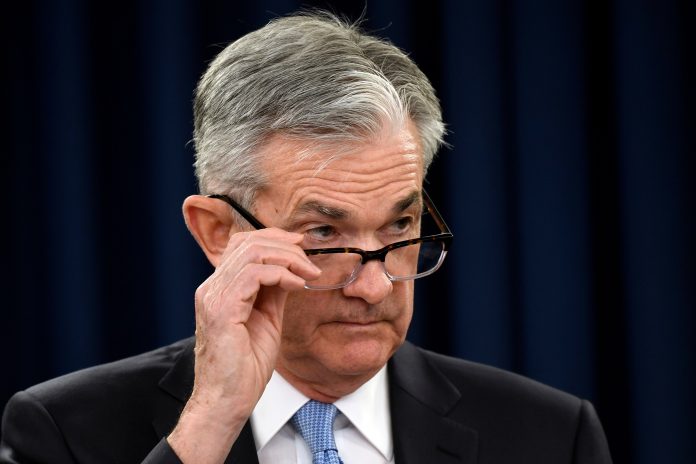Fed hikes interest rates by a quarter point to tame rapid inflation
In its latest effort to try and cool the U.S. economy, the Federal Reserve raised its benchmark rate by a quarter of a point on Wednesday and also said it plans six more hikes this year and an additional three increases in 2023.
The rate hike, the first since 2018, is meant to counter surging consumer prices which reached a 40-year high in February.
In a statement announcing its actions, the central bank’s policymaking Federal Open Market Committee said “inflation remains elevated, reflecting supply and demand imbalances related to the pandemic, higher energy prices, and broader price pressures.”
Fed Chairman Powell reiterated in a press conference that followed the interest-rate decision that policymakers are keeping all options on the table to counter the hottest pace of inflation in decades.
Stock futures lower; Eyes on BoE and jobless claims
Focus now turns to the Bank of England, which is also widely expected to announce a quarter-point rate hike later in the day in response spiking inflation.
In February, the BoE predicted inflation will peak at around 7.25% next month, nearly four times its 2% target.
Meanwhile, the U.S. Labor Department is set to release its weekly report on initial jobless claims at 8:30 a.m. ET. Expectations are for 220,000 claims to have been filed in the week ended March 12, down from 227,000 during the prior week.
Major earnings to watch today include GameStop (NYSE: GME), FedEx (NYSE: FDX), and Dollar General (NYSE: DG).
U.S. stock futures were pointing to a weak open on Thursday, with those tied to the Dow shedding 51 points, or 0.15% to 34,008.
S&P 500 futures dropped 10.5 points, or 0.24% to 4,347.5 while the tech-heavy Nasdaq 100 futures lost 45.5 points, or 0.33% to 13,907.5.
Crude futures jump as IEA warns of supply shortages
In commodities, crude futures edged higher on Thursday after the International Energy Agency (IEA) warned markets stand to lose 3 million barrels per day of crude and refined products from Russia starting next month, as a result of sanctions.
In a report published on Wednesday, the IEA said the supply loss would be far greater than an expected slump in demand of one million barrels per day caused by higher fuel prices.
Before invading Ukraine, Russia was producing roughly 10 million barrels of crude per day and exporting nearly half of that.
“The implications of a potential loss of Russian oil exports to global markets cannot be understated,” the agency said.
As of 5:45 a.m. ET, U.S. West Texas Intermediate (WTI) crude futures were up $4.07, or 4.28% to $99.11 a barrel. Global Brent crude futures jumped $4.13, or 4.21% to $102.15 a barrel.










